In the previous issue, we introduced the use of bitcoin core wallet. But in daily transactions, we may need to learn how to use address transfer and acquisition of private key (for backup). In this issue, we will explain the difference and operations of public key, private key and bitcoin address.
Public key and bitcoin address are both generated by private key, so we only need to save the private key. With the private key, we can generate the public key and bitcoin address to spend the bitcoin at corresponding address.
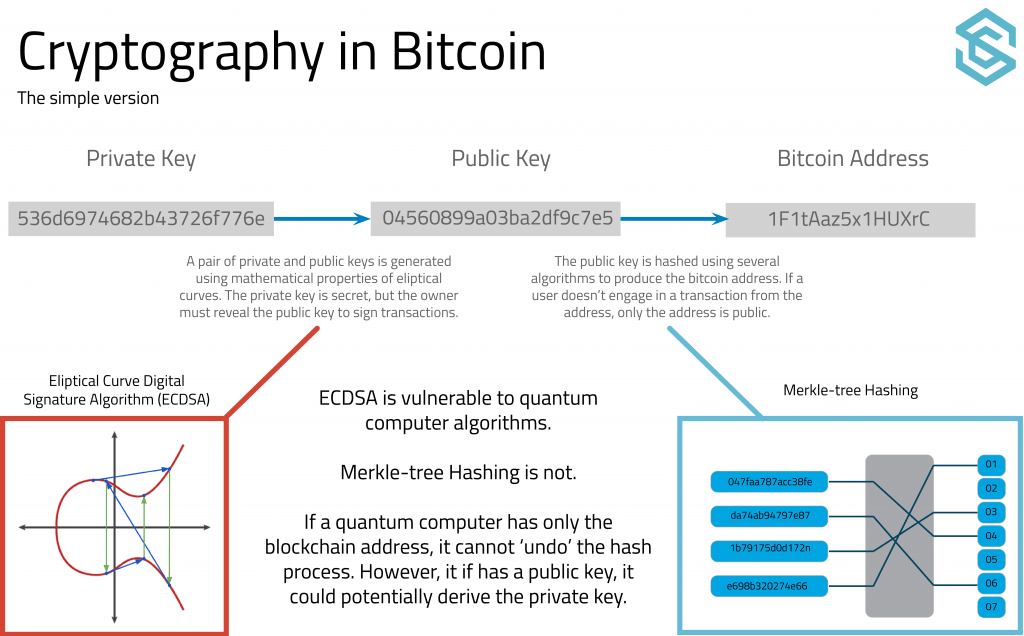
(*Photo Credit: TI People)
Private Key
Private key is essentially made of a random number, or an array of 32 bytes, 1 byte equals 8 bits of binary and a binary has only two values: 0 or 1, so the total number of private keys is nearly 2 (8 * 32) = 2256. It’s equivalent to the bank card password which can be reset and only known by yourself and the private key is randomly generated.
Private key will not be needed for transfer, just your wallet password will be enough. Private key only aims to back up and restore wallet information.
Example of private key(from Private key on Bitcoin Wiki):
E9873D79C6D87DC0FB6A5778633389_SAMPLE_PRIVATE_KEY_DO_NOT_IMPORT_F4453213303DA61F20BD67FC233AA33262
Public Key
The public key is generated by the algorithm calculation of elliptic curve multiplication (K = k * G , where k is the private key, G is the constant for point generation and K is the resulting public key), which is known as the bitcoin address in a real sense.
In the bitcoin system, a key corresponds to a private key and a unique public key derived therefrom. The public key is used to receive bitcoin while the private key is used for transaction signatures when bitcoin is paid.
The mathematical relationship between them makes it possible for the private key to generate a signature for specific message. The signature can verify the public key without revealing the private key.
Bitcoin Address
Since the public key is too long, the bitcoin address came into being so as to not to expose the public key.
The bitcoin address is like a bank card number which represents your bitcoin account. Anyone can transfer bitcoin to you through the bitcoin address. Meanwhile, the income generated by mining can also be withdrawn from the pool to your own bitcoin address.
Example of bitcoin address(from Address on Bitcoin Wiki):
1BvBMSEYstWetqTFn5Au4m4GFg7xJaNVN2
How to generate our own private key?
Once the wallet is created, enter the password to export the private key. This private key belongs to the unencrypted private key of a 64-bit character string. One wallet address only corresponds to one private key which cannot be modified.
Note:
- Please export and import the private key in a secure environment. Do not reveal private key to anyone.
- This tutorial is made with Bitcoin Core 0.17.1. Please refer to the previous article Intro and Tutorial for Bitcoin Core Wallet for detailed information on wallet download and uses.
Open the Bitcoin Core, click on “File – Receiving Address” and then copy this address.
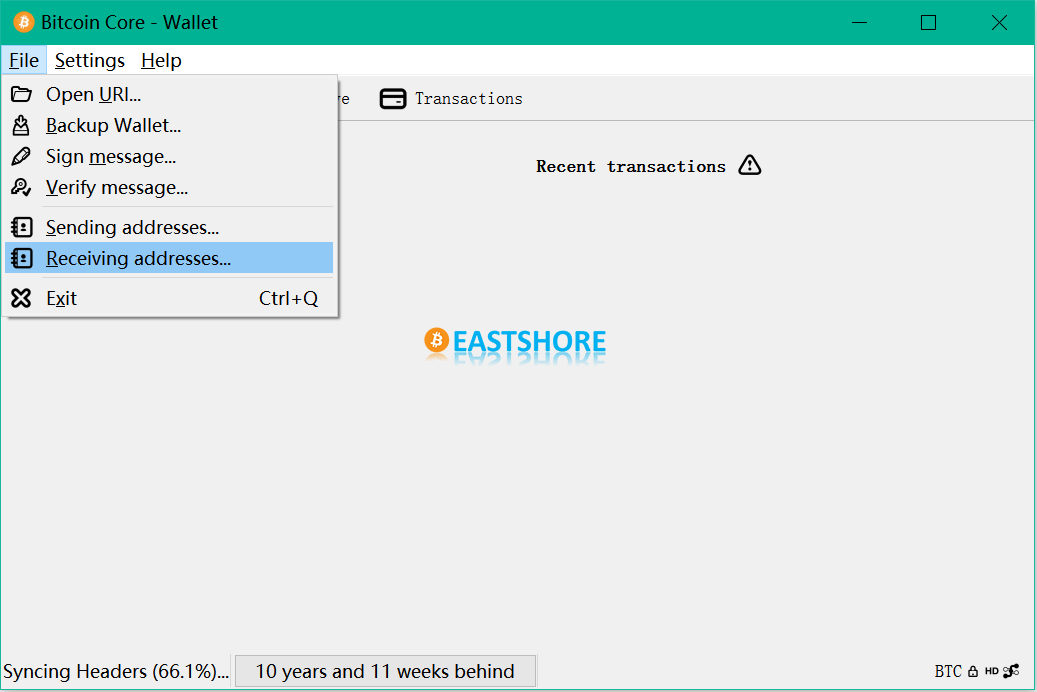
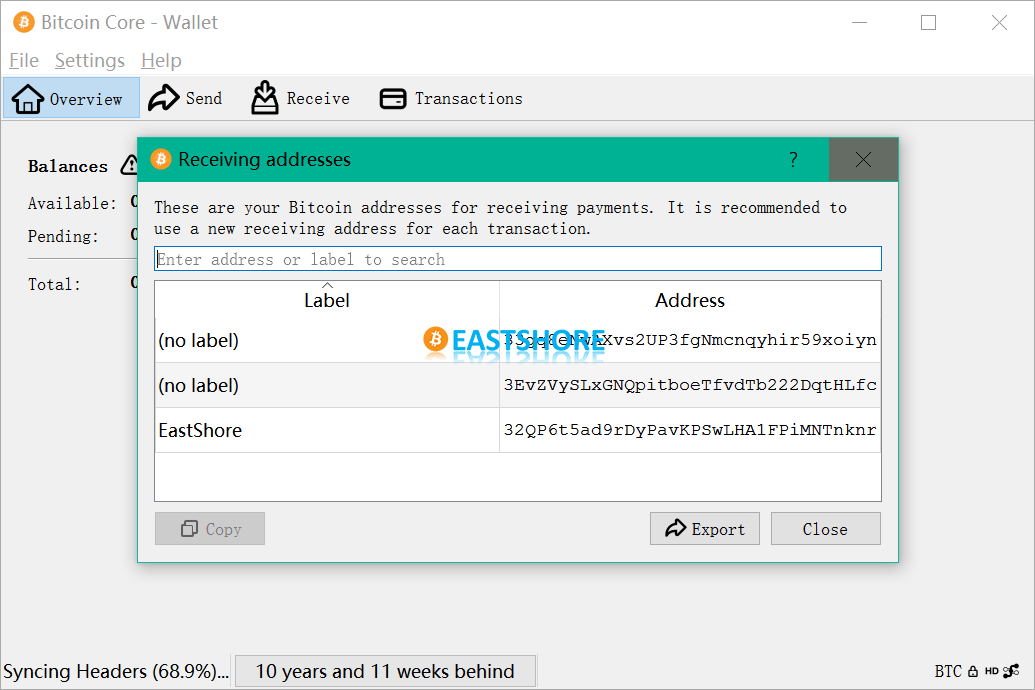
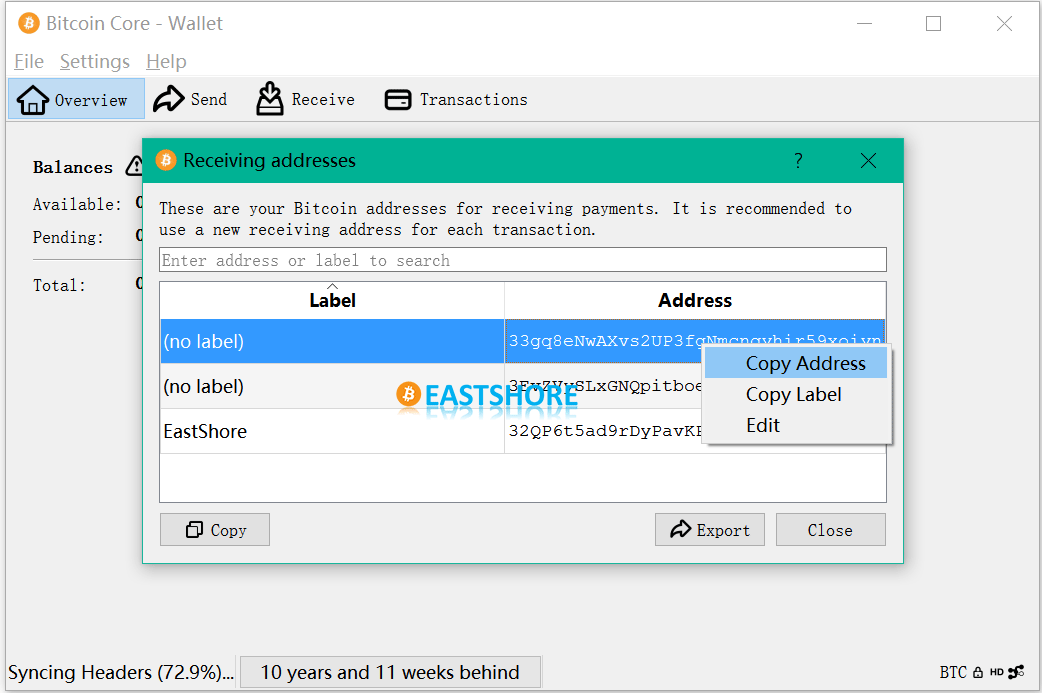
Open “Help – Debug Window – Console”
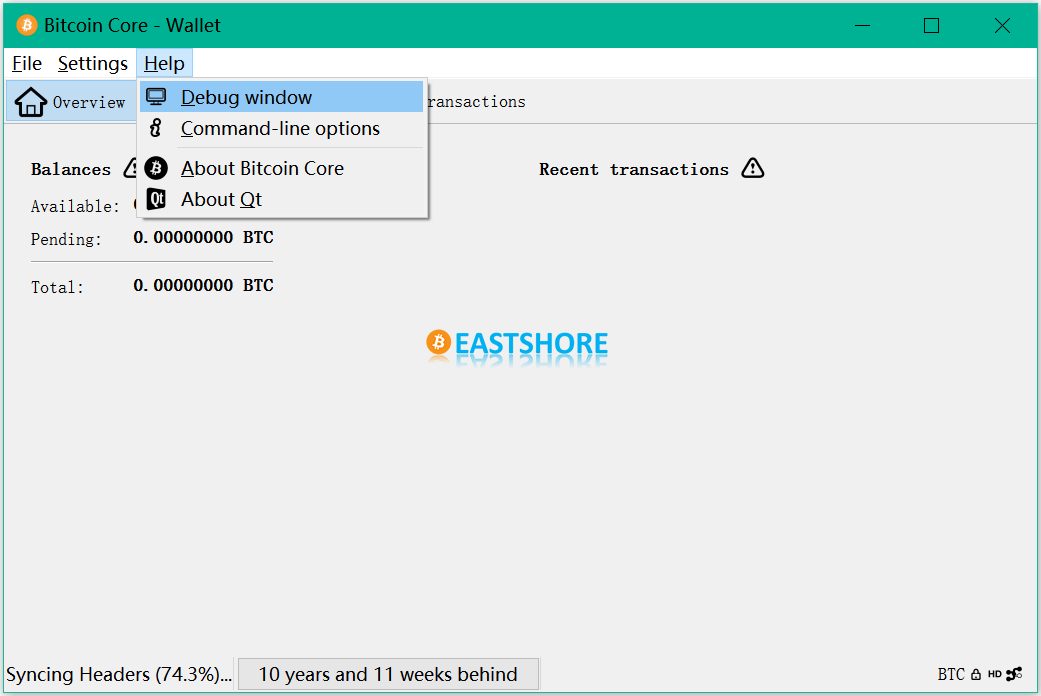
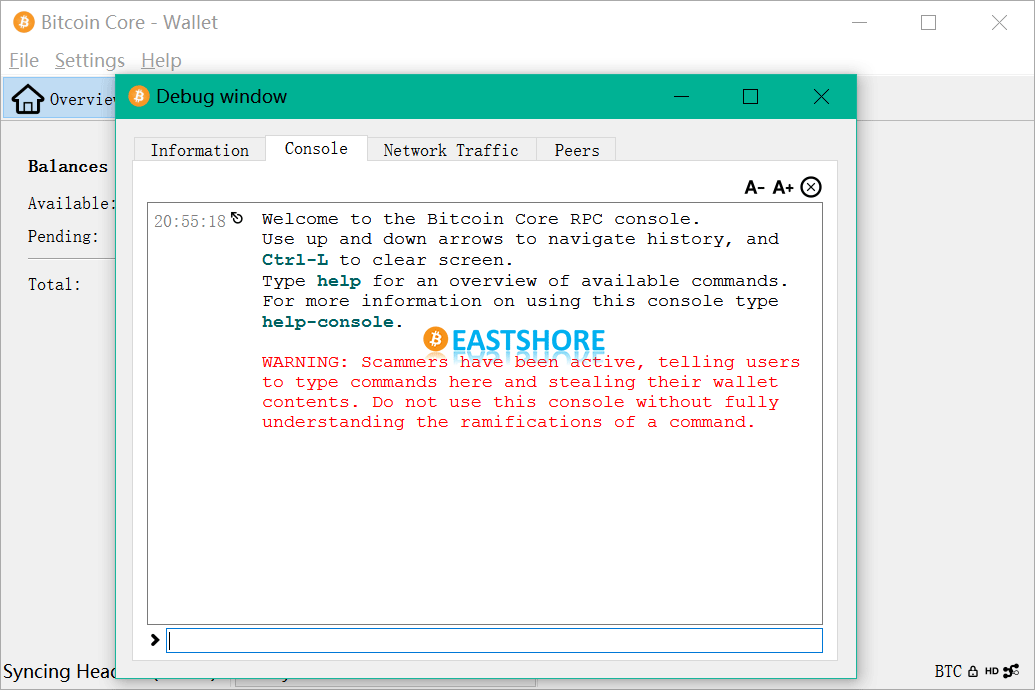
Enter dumpprivkey 33gq8eNwAXvs2UP3fgNmcnqyhir59xoiyn (the wallet address just copied) into the box below(You may need to enter “walletpassphrase + wallet password + time” in the box first to unlock your wallet if your wallet encrypted.)
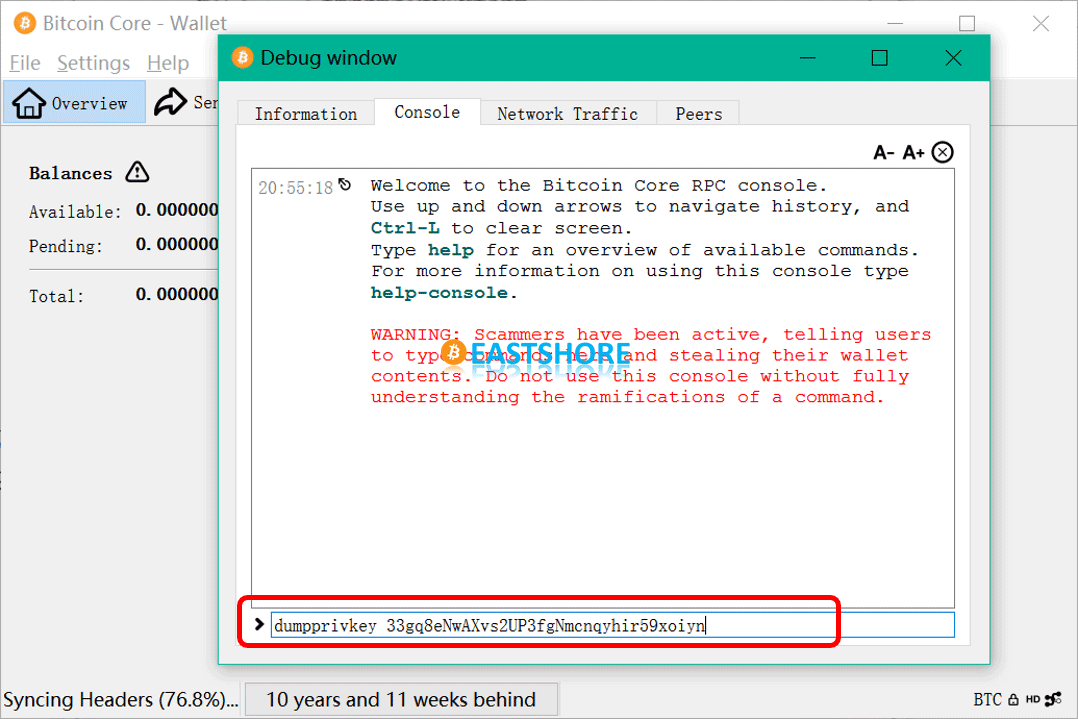
Then the system generates your own private key. (in red box)
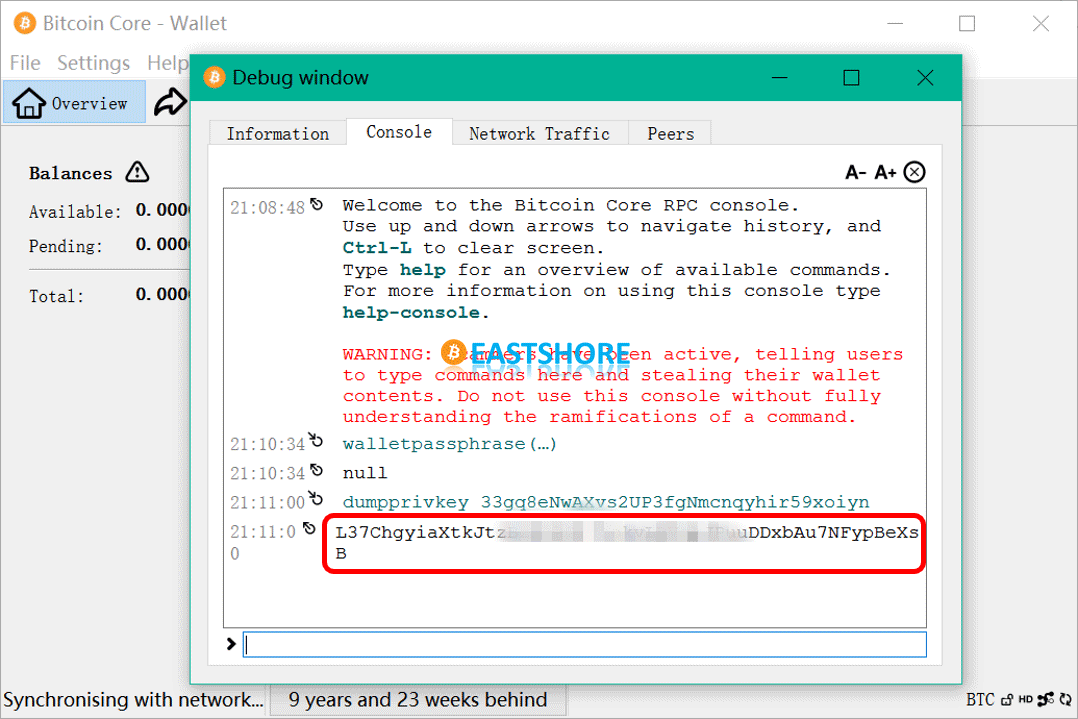
Summary
The generation of public key and wallet address depend on the private key. In case of unexpected situations (computer breakdown, forget wallet password), they can be reset through the private key, therefore it is very important to keep and remember your private key. Owning “private key” means being authorized to control the balance of the wallet. Now, please attach great importance to the following issues!
- Never take a screenshot of the private key or take a photo and store in the phone;
- Never send the private key information to anyone;
- It is recommended to hand-write (several copies) and store the place where you believe is the safest.


Pingback: How Secure is Your Bitcoin? | EastShore Mining Devices